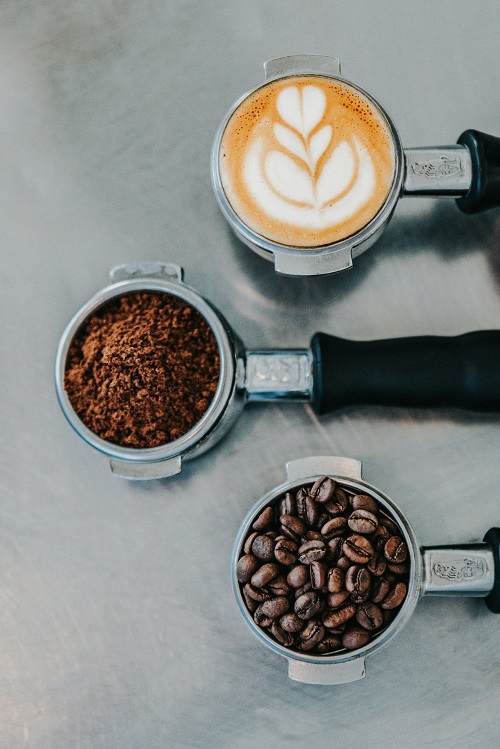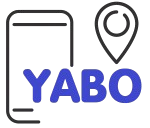Coffee Shop

Type: Service and Trading
If the aroma of freshly brewed coffee excites you, starting a cozy coffee shop can be a delightful venture. Let’s explore this simple and practical business idea.
Key Products for Sale:
An array of coffee options, from classic espressos to flavored lattes. Offer a selection of pastries and light snacks.
Technology Considerations:
Basic point-of-sale system for transactions. Utilize social media for marketing and online presence.
Market for the Products:
Coffee enthusiasts, professionals looking for a cozy workspace, and individuals seeking a relaxing coffee experience.
Key Inputs into the Business:
High-quality coffee beans, milk, syrups for flavoring, and basic kitchen equipment. Invest in comfortable seating and ambiance.
Product Preparation Process:
Brew and serve a variety of coffee options. Add a personal touch by offering unique blends or signature drinks.
Quality Considerations:
When selecting coffee beans for your shop, consider these popular options known for excellent coffee:
- Arabica Beans: Renowned for its smooth and mild flavor, Arabica beans often have a slightly higher price but are loved for their quality.
- Robusta Beans: Known for a stronger, more robust taste, Robusta beans are often used in espresso blends and can be more cost-effective.
- Ethiopian Yirgacheffe: With a distinctive fruity and wine-like flavor, this bean from Ethiopia is a favorite among coffee connoisseurs.
- Colombian Coffee: Celebrated for its well-balanced flavor, Colombian coffee is versatile and suits various preferences.
Cost of Investment:
Espresso Machine:
Estimated Price: KES 30,000 – KES 50,000
Coffee Grinder:
Estimated Price: KES 10,000 – KES 20,000
Seating and Decor:
Chairs, Tables, Decor
Estimated Price: KES 20,000 – KES 30,000
Counter for Orders:
Basic Counter Setup
Estimated Price: KES 10,000 – KES 15,000
Initial Supply of Coffee Beans:
First Batch for Brewing
Estimated Price: KES 10,000 – KES 20,000
Point-of-Sale (POS) System:
Basic Transaction System
Estimated Price: KES 5,000 – KES 10,000
Marketing Materials:
Business Cards, Pamphlets
Estimated Price: KES 5,000 – KES 10,000
Licenses and Permits: Ensure compliance with health and safety regulations, including obtaining licenses for food handling and necessary business operations. The cost can range from KES 20,000 to KES 50,000, depending on your location and specific requirements.
Rent: Factor in the cost of renting a suitable location. Prices vary based on the area’s foot traffic and popularity. An estimate could range from KES 30,000 to KES 70,000 per month.
Training Costs: Invest in training your staff for excellent customer service and efficient operations. Allocate a budget for workshops or programs, ranging from KES 10,000 to KES 20,000.
Required Operational Infrastructure:
Coffee-making equipment (espresso machine, grinder), seating area, and a simple counter for orders.
Most Suitable or Viable Location of the Business:
Choose a location with foot traffic, such as a busy street or near offices, to attract both regulars and passersby.
Potential Sources of Investment Capital:
Personal savings, small business loans, or partnerships with local suppliers for coffee beans.
Requirements for Effective Management:
Train staff for excellent customer service. Implement inventory control to manage coffee bean supply.
Role of Mobile Phones and ICT in the Business:
Utilize mobile phones for orders, customer loyalty programs, and social media marketing. Maintain an active online presence.
Statutory Regulations and Licenses:
Adhere to health and safety regulations. Obtain necessary licenses for food handling and business operations. Required licenses include Business name, City Council Business Permit, Food Hygiene License, fire safety Certificate, and KRA PIN.
Pricing:
Set competitive prices based on market rates. Consider offering combo deals for coffee and pastries.
Profitability:
Profitability can be achieved through a steady stream of customers. For example, selling coffee at KES 200 per cup with a profit margin of KES 80 could lead to profitability.
Next Steps to Take:
- Develop a warm and inviting ambiance.
- Create a menu with a variety of coffee options.
- Engage in local partnerships for coffee bean supply.
- Implement a customer loyalty program for regulars.

